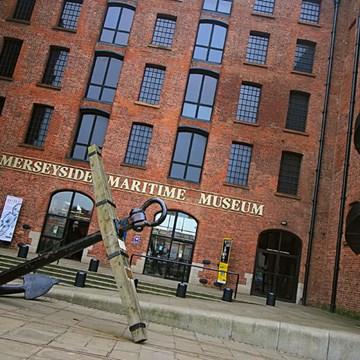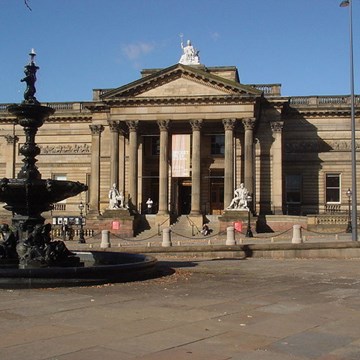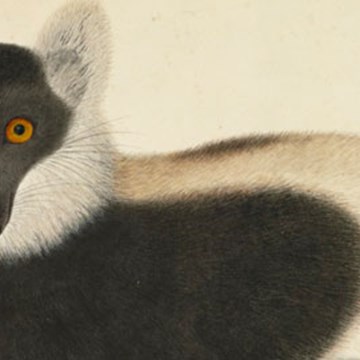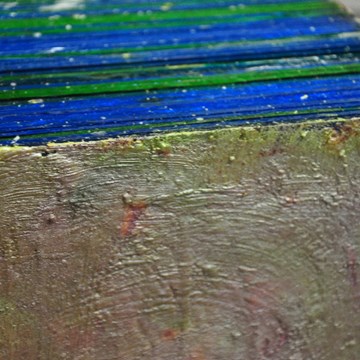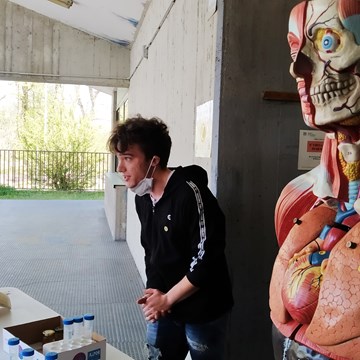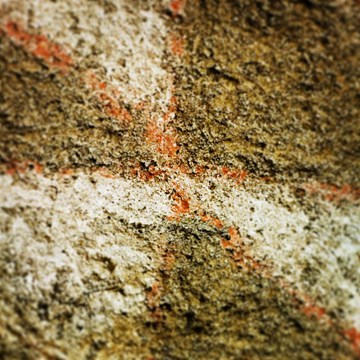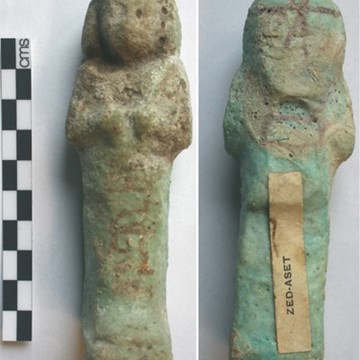Douro: Matéria e Espírito | Douro: Matter & Spirit
The Alto Douro Wine Region covers an area all along the Douro and its tributaries, a total of 250 000 acres between Barqueiros and Barca d'Alva. Its first spatial boundaries date back 1756, when the State define the first management model for a winemaking region and set apart the Vineyards of Alto Douro. Originally established to regulate the production of the fortified wine known as Port, today the Region includes a protected designation of origin, Denominação de Origem Controlada or DOC, for both Port and Douro Wines.
Winemaking in this region serves as lesson on human ability and determination when it comes to making the best of the little available natural resources. Vines were planted in steep, rocky slopes with almost no soil and water supplies. The vineyards covering the hillsides on both banks of the Douro make up a vast staircase of socalcos and terraces which, according to Orlando Ribeiro, are the most impressive man-made Portuguese construction. This monumental landscape has undisputed world relevance. In 2001, a part of the Alto Douro Wine Region was included in UNESCO's World Heritage Sites. The World Heritage Site covers a narrower strip of land of about 24 600 acres along the Douro.
A unique geomorphology, chief historical factors and human dexterity, these were the founding pillars on which winemaking expertise and production thrived in the region. This mixture of natural and human factors is addressed in the exhibition Douro: Matter & Spirit.
Exhibitions and events
Activities from this museum
We don't have anything to show you here.








